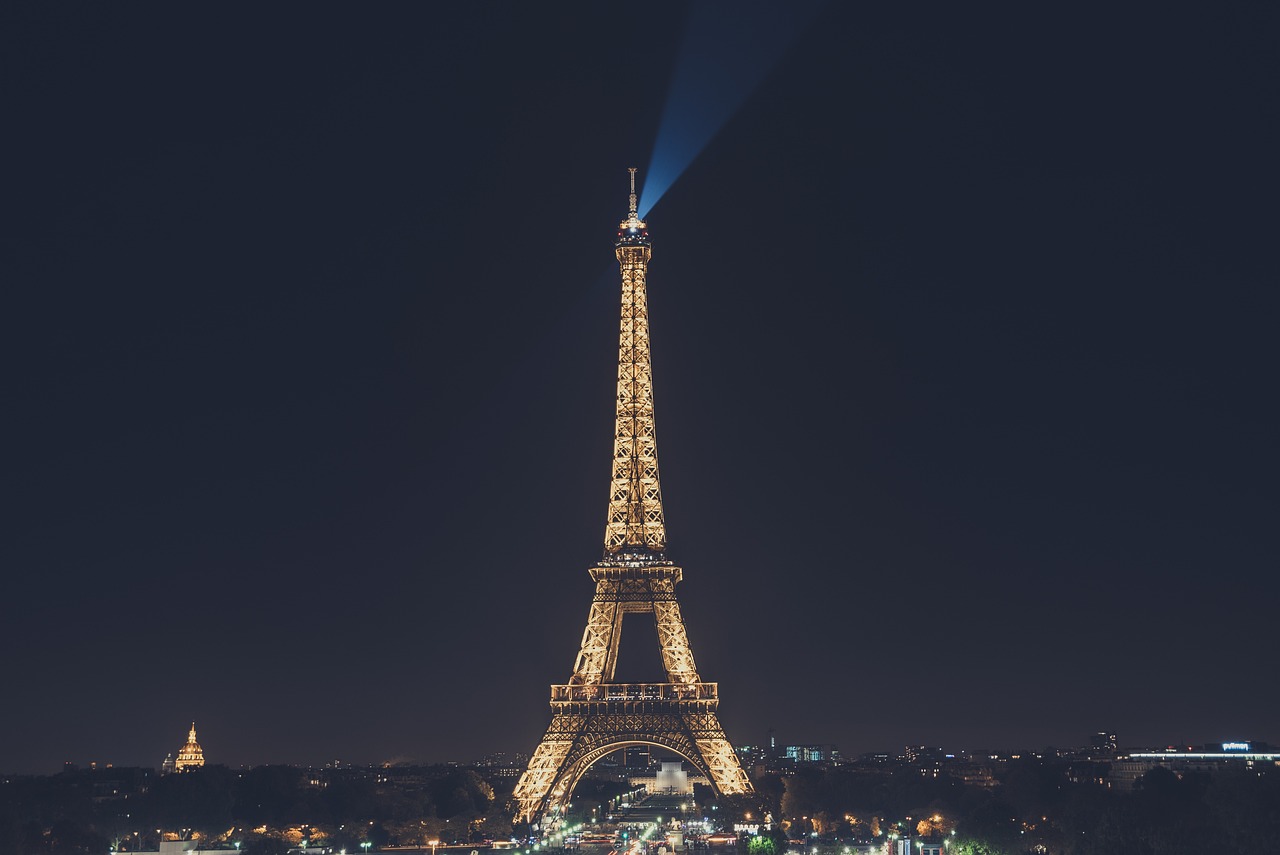The Invention of the Eiffel Tower
The idea of a 300-meter tower was born during the preparations for the 1889 World’s Fair.
The purpose of the competition launched at the exhibition was to “study the possibility of erecting a square-based iron tower on the Champ-de-Mars, with sides of 125 meters and a height of 300 meters.” Selected from 107 proposals, the winning design was submitted by Gustave Eiffel, an entrepreneur, along with engineers Maurice Koechlin and Emile Nouguier, and architect Stephen Sauvestre.
The two main engineers from Eiffel’s company, Émile Nouguier and Maurice Koechlin, conceived the idea in June 1884 of an extremely tall tower, designed as a massive pylon formed by four lattice girders spreading out at the base and converging at the top, connected by metal beams placed at regular intervals.
This was a daring extrapolation to a height of 300 meters—equivalent to the symbolic figure of 1,000 feet—of the principle of bridge piers that the company had already mastered. On September 18, 1884, Eiffel patented “a new arrangement allowing the construction of metal piers and pylons exceeding 300 meters in height.”
To make the project more acceptable to the public, Nouguier and Koechlin asked architect Stephen Sauvestre to give shape to the proposal.

Ticket prices and opening hours – La tour Eiffel site OFFICIEL

